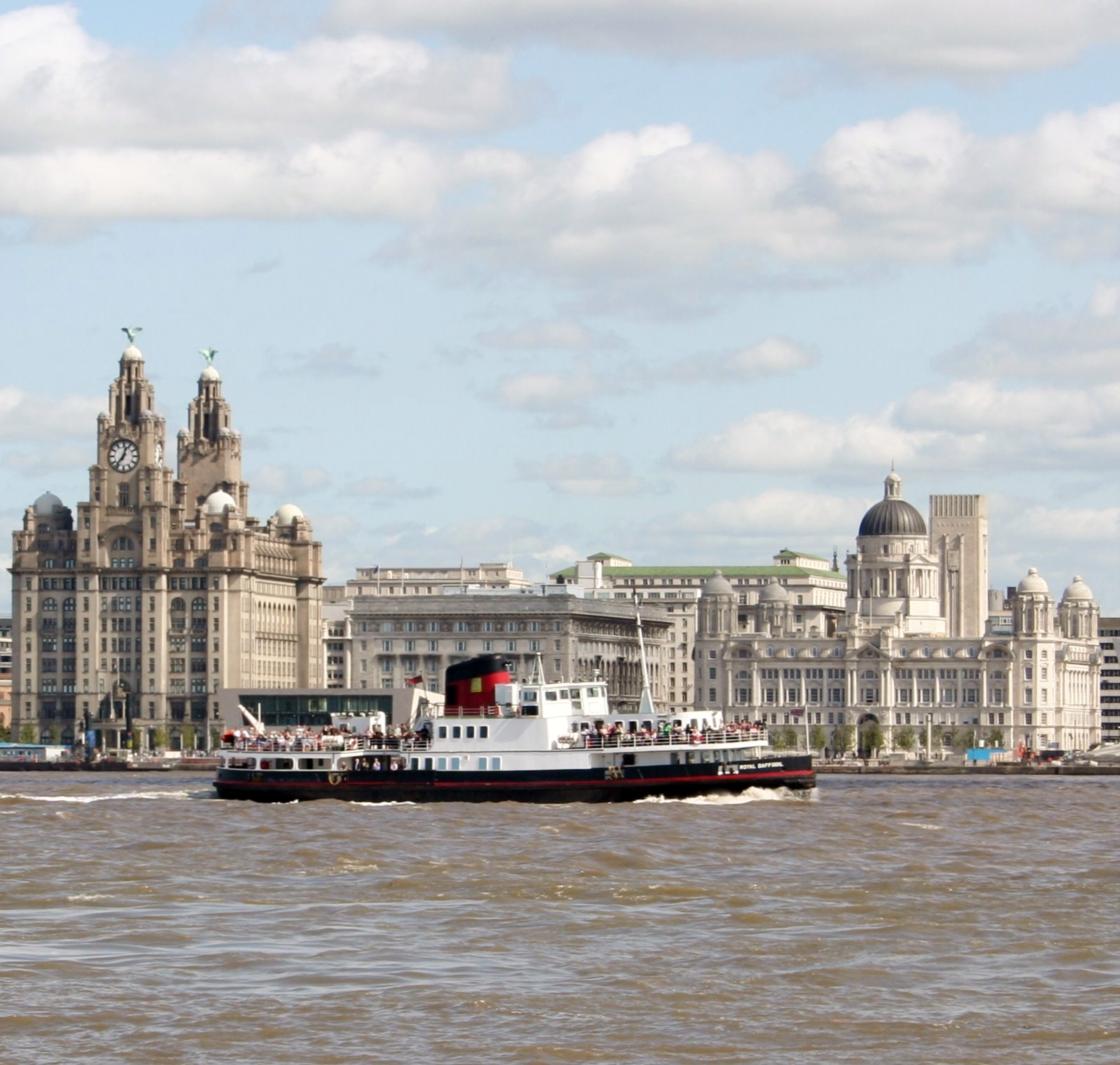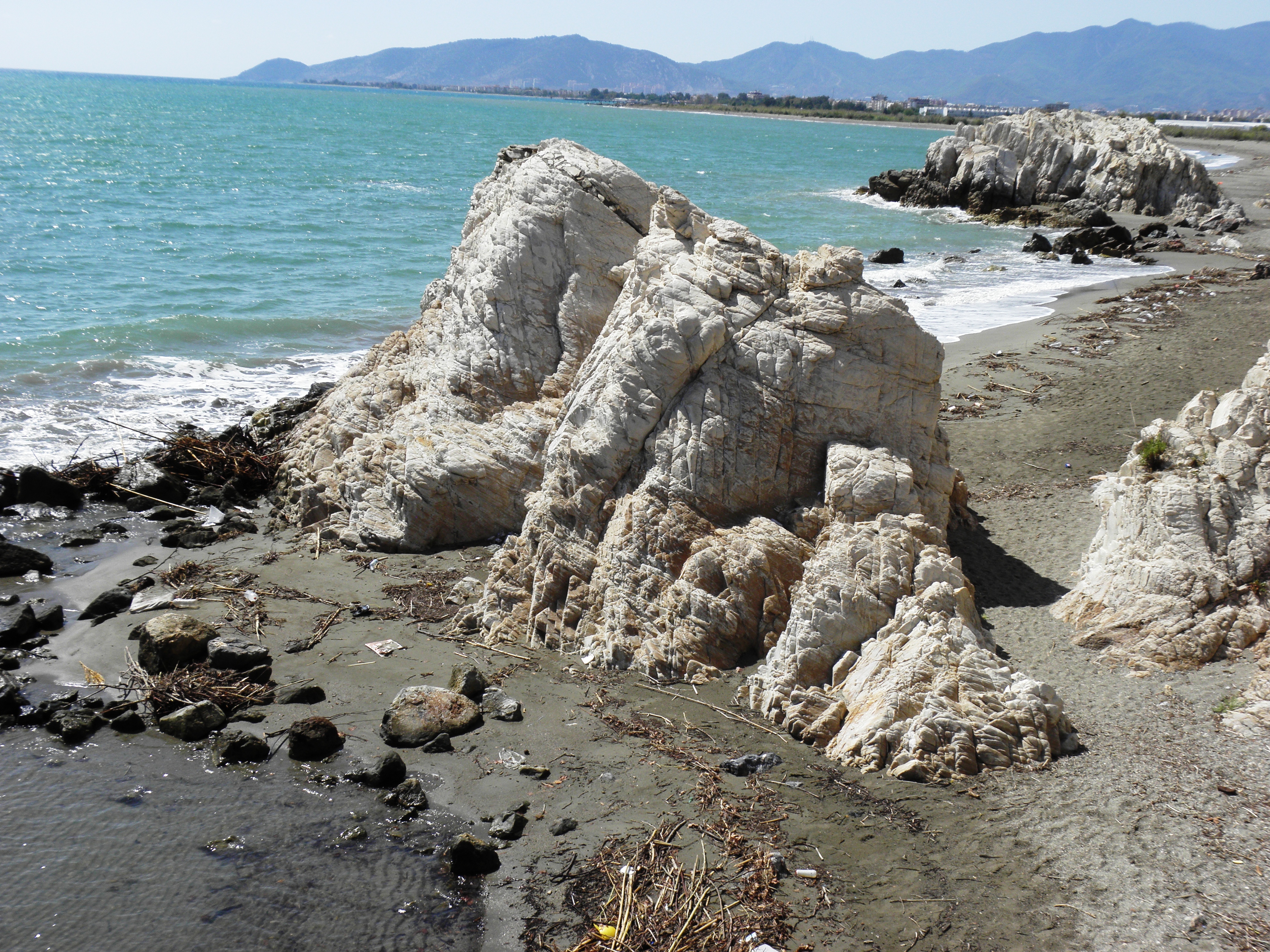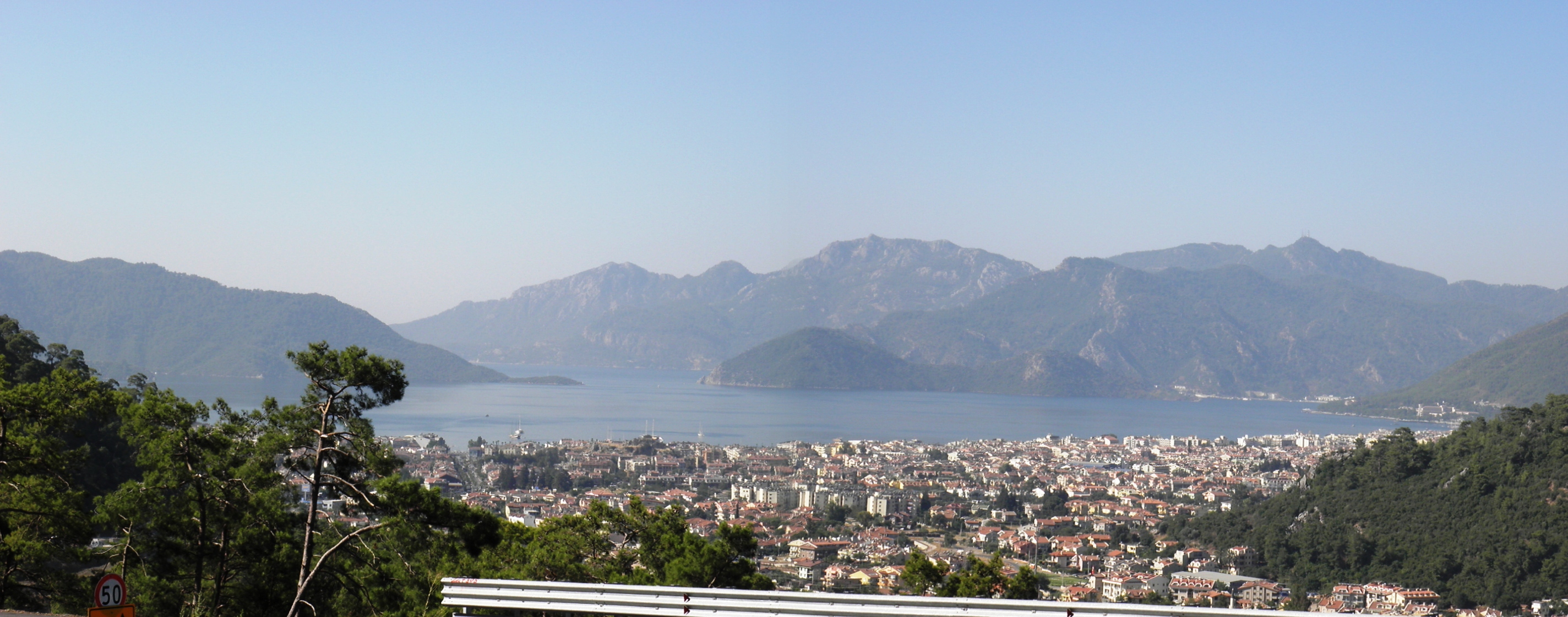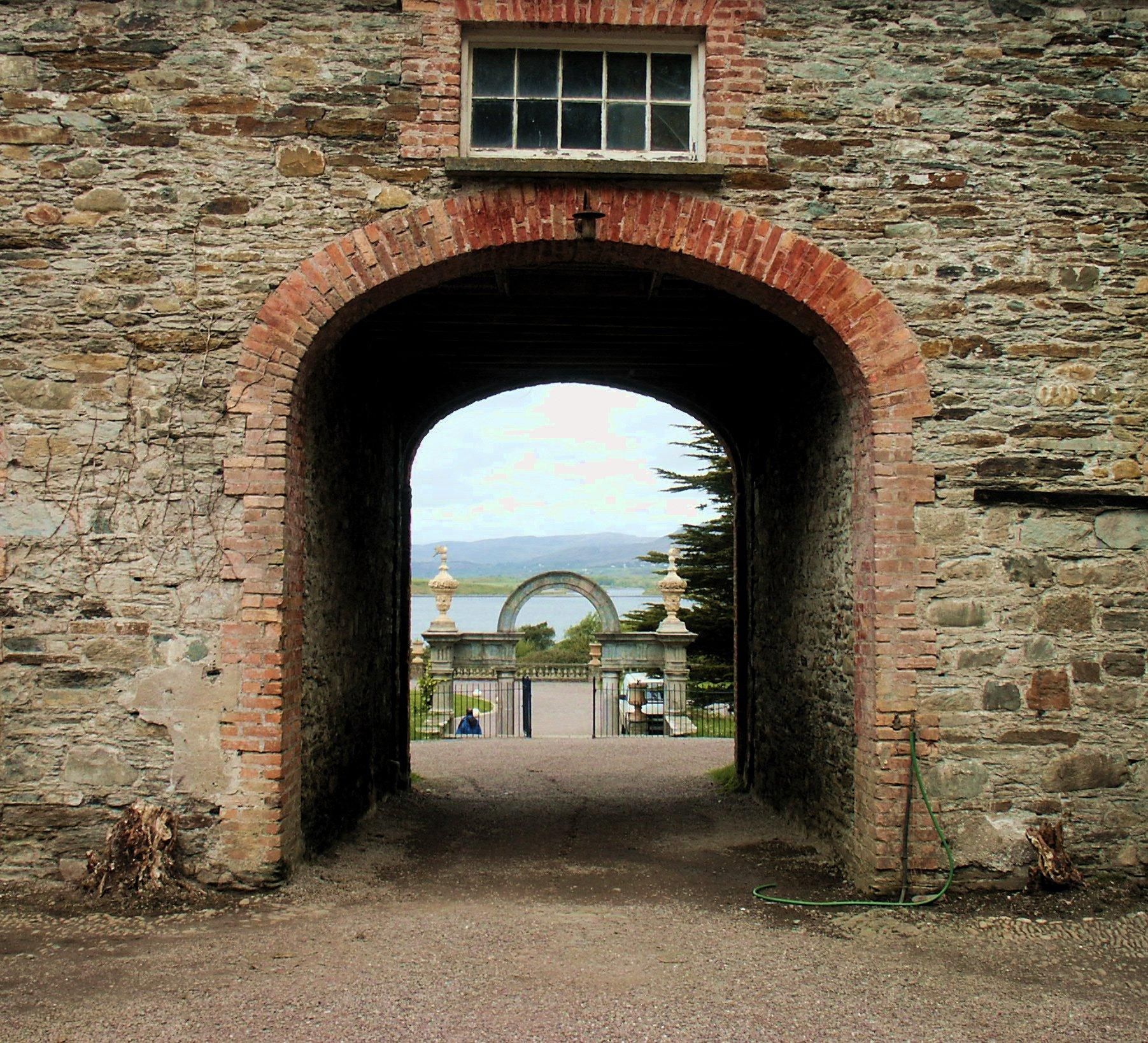News
Etna, the Forge of Hephaestus - Etna, la fucina di Efesto
by Francesco Pappalardo.
This is an excellent Photography book recently published by this great photographer and flickr friend cicciofarmaco.
This book is a collection of the most beautiful pictures of the Etna volcano paroxysmal eruptions of 2011. As you can see, Francesco has a natural talent in photography and his work is truly inspirational, so through this book you can live again the most spectacular and fascinating moments of the eruptions of the Etna volcano of 2011.
Buy this magnificent Photography book easily online through this link Etna, la fucina di Efesto. by Francesco Pappalardo and enjoy these historic events of nature forever.
====================================================================
Mount Etna
Mount Etna, also known as Muncibeḍḍu in Sicilian and Mongibello in Italian, a combination of Latin mons and Arabic gibel, both meaning mountain) is an active stratovolcano on the east coast of Sicily, close to Messina and Catania. Its Arabic name was Jebel Utlamat (the Mountain of Fire). It is the second largest active volcano in Europe, currently standing 3,329 metres (10,922 ft) high, though this varies with summit eruptions; the mountain is 21 m (69 ft) lower now than it was in 1981. It is the highest mountain in Italy south of the Alps. Etna covers an area of 1,190 km² (460 sq mi) with a basal circumference of 140 km. This makes it by far the largest of the three active volcanoes in Italy, being about two and a half times the height of the next largest, Mount Vesuvius. Only Mount Teide in Tenerife surpasses it in the whole of the European region (though geographically Tenerife is an island of Africa).
Mount Etna is one of the most active volcanoes in the world and is in an almost constant state of eruption. It is also believed to be the world’s oldest active volcano. The fertile volcanic soils support extensive agriculture, with vineyards and orchards spread across the lower slopes of the mountain and the broad Plain of Catania to the south. Due to its history of recent activity and nearby population, Mount Etna has been designated a Decade Volcano by the United Nations.
Geological history
Volcanic activity at Etna began about half a million years ago, with eruptions occurring beneath the sea off the coastline of Sicily. 300,000 years ago, volcanism began occurring to the southwest of the present-day summit, before activity moved towards the present center 170,000 years ago. Eruptions at this time built up the first major volcanic edifice, forming a strato-volcano in alternating explosive and effusive eruptions. The growth of the mountain was occasionally interrupted by major eruptions leading to the collapse of the summit to form calderas.
Etna seen from Spot Satellite.
From about 35,000 to 15,000 years ago, Etna experienced some highly explosive eruptions, generating large pyroclastic flows which left extensive ignimbrite deposits. Ash from these eruptions has been found as far away as Rome, 800 km to the north.
A crater near the Torre del Filosofo, about 450 metres below Etna’s summit.
Thousands of years ago, the eastern flank of the mountain experienced a catastrophic collapse, generating an enormous landslide in an event similar to that seen in the 1980 eruption of Mount St. Helens. The landslide left a large depression in the side of the volcano, known as ‘Valle del Bove’ (Valley of the Ox). Research published in 2006 suggests that this occurred around 6000 BC, and caused a huge tsunami which left its mark in several places in the eastern Mediterranean. It may have been the reason that the settlement of Atlit Yam (Israel), now below sea level, was suddenly abandoned around that time.
The steep walls of the Valley have suffered subsequent collapse on numerous occasions. The strata exposed in the valley walls provide an important and easily accessible record of Etna’s eruptive history.
The most recent collapse event at the summit of Etna is thought to have occurred about 2,000 years ago, forming what is known as the Piano Caldera. This caldera has been almost entirely filled by subsequent lava eruptions, but is still visible as a distinct break in the slope of the mountain near the base of the present-day summit cone.
Historical eruptions
Eruptions of Etna are not all the same. Some occur at the summit, where there are currently (as of 2008) four distinct craters – the Northeast Crater, the Voragine, the Bocca Nuova, and the Southeast Crater. Other eruptions occur on the flanks, where there are more than 300 vents, ranging in size from small holes in the ground to large craters hundreds of meters across. Summit eruptions can be highly explosive and are extremely spectacular, but are rarely threatening for the inhabited areas around the volcano. On the contrary, flank eruptions can occur down to a few hundred meters altitude, close to or even well within the populated areas. Numerous villages and small towns lie around or on cones of past flank eruptions. Since the year 1600 A.D., there have been at least 60 flank eruptions and countless summit eruptions; nearly half of these have occurred since the start of the 20th century, and the 3rd millennium has seen five flank eruptions of Etna so far, in 2001, 2002-2003, 2004-2005,2007 and 2008.
The first known record of an eruption at Etna is that of Diodorus Siculus.
The Roman poet Virgil gave what was probably a first-hand description of an eruption in the Aeneid:
“ Portus ab accessu ventorum immotus et ingens ipse; sed horrificis iuxta tonat Aetna ruinis; interdumque atram prorumpit ad aethera nubem, turbine fumantem piceo et candente favilla, attollitque globos flammarum et sidera lambit; interdum scopulos avolsaque viscera montis erigit eructans, liquefactaque saxa sub auras cum gemitu glomerat, fundoque exaestuat imo. (3.39)
“ A spreading bay is there, impregnable To all invading storms; and Aetna’s throat With roar of frightful ruin thunders nigh. Now to the realm of light it lifts a cloud Of pitch-black, whirling smoke, and fiery dust, Shooting out globes of flame, with monster tongues That lick the stars; now huge crags of itself, Out of the bowels of the mountain torn, Its maw disgorges, while the molten rock Rolls screaming skyward; from the nether deep The fathomless abyss makes ebb and flow.
In 396 BC, an eruption of Etna is said to have thwarted the Carthaginians in their attempt to advance on Syracuse during the First Sicilian War.
A particularly violent explosive (Plinian) summit eruption occurred in 122 BC, and caused heavy tephra falls to the southeast, including the town of Catania, where many roofs collapsed. To help with reconstruction and dealing with the devastating effects of the eruption, the Roman government exempted the population of Catania from paying taxes for ten years.
Recent eruptions
Etna’s 2002 eruption, photographed from the ISS.
Same, seen in a wider field.
Etna’s south east crater 2006 eruption, photographed from Torre del Filosofo.
Another large lava flow from an eruption in 1928 led to the first (and only) destruction of a population center since the 1669 eruption. The eruption started high on Etna’s northeast flank on 2 November, then new eruptive fissures opened at ever lower elevation down the flank of the volcano. The third and most vigorous of these fissures opened late on 4 November at unusually low elevation (1200 m above the sea-level), in a zone known as Ripe della Naca. The village of Mascali, lying downslope of the Ripe della Naca, was obliterated in just two days, with the lava destroying nearly every building. Only a church and a few surrounding buildings survived in the north part of the village, called Sant’Antonino or “il quartiere”. During the last days of the eruption, the flow interrupted the Messina-Catania railway line and destroyed the train station of Mascali. The event was used by Benito Mussolini’s Fascist regime for propaganda purposes, with the evacuation, aid and rebuilding operations being presented as models of fascist planning. Mascali was rebuilt on a new site, and its church contains the Italian fascist symbol of the torch, placed above the statue of Jesus Christ. In early November 2008, the town of Mascali commemorated the 80th anniversary of the eruption and destruction of the village with a number of public manifestations and conferences, where, amongst others, still living eyewitnesses of the eruptions recalled their impressions of that experience.
Other major 20th-century eruptions occurred in 1949, 1971, 1981, 1983 and 1991-1993. In 1971, lava buried the Etna Observatory (built in the late 19th century), destroyed the first generation of the Etna cable-car, and seriously threatened several small villages on Etna’s east flank. In March 1981, the town of Randazzo on the northwestern flank of Etna narrowly escaped from destruction by unusually fast-moving lava flows – that eruption was remarkably similar to the one of 1928 that destroyed Mascali. The 1991-1993 eruption saw the town of Zafferana threatened by a lava flow, but successful diversion efforts saved the town with the loss of only one building a few hundred metres from the town’s margin. Initially, such efforts consisted of the construction of earth barriers built perpendicularly to the flow direction; it was hoped that the eruption would stop before the artificial basins created behind the barriers would be completely filled. Instead, the eruption continued, and lava surmounted the barriers, heading directly toward Zafferana. It was then decided to use explosives near the source of the lava flow, to disrupt a very efficient lava tube system through which the lava traveled for up to 7 km without essentially losing heat and fluidity. The main explosion on 23 May 1992 destroyed the lava tube and forced the lava into a new artificial channel, far from Zafferana, and it would have taken months to re-establish a long lava tube. Shortly after the blasting, the rate of lava emission dropped and during the remainder of the eruption (until 30 March 1993) the lava never advanced close to the town again.
Following six years (1995-2001) of unusually intense activity at the four summit craters of Etna, the volcano produced its first flank eruption since 1991-1993 in July-August 2001. This eruption, which involved activity from seven distinct eruptive fissures mostly on the south slope of the volcano, was a mass-media eruption, because it occurred at the height of the tourist season and numerous reporters and journalists were already in Italy to cover the G8 summit in Genoa. It also occurred close to one of the tourist areas on the volcano, and thus was easily accessible. Part of the “Etna Sud” tourist area, including the arrival station of the Etna cable car, were damaged by this eruption, which otherwise was a rather modest-sized event for Etna standards.
In 2002-2003, a much larger eruption threw up a huge column of ash that could easily be seen from space and fell as far away as Libya, 600 km south across the Mediterranean Sea. Seismic activity in this eruption caused the eastern flanks of the volcano to slip by up to two metres, and many houses on the flanks of the volcano experienced structural damage. The eruption also completely destroyed the tourist station Piano Provenzana, on the northeastern flank of the volcano, and part of the tourist station “Etna Spud” around the Rifugio Sapienza on the south flank. Footage from the eruptions was recorded by Lucasfilm and integrated into the landscape of the planet Mustafar in the 2005 film Star Wars Episode III: Revenge of the Sith. The Rifugio Sapienza is near the site of a cable car station which had previously been destroyed in the 1983 eruption; it has now been rebuilt.
Etna’s Sept. 2007 eruption as seen from the southeast crater ridgeline.
Following a rather silent, slow and non-destructive lava outflow on the upper southeastern flank between September 2004 and March 2005, intense eruptions occurred at the Southeast Crater in July-December 2006. These were followed by four episodes of lava fountaining, again at the Southeast Crater, on 29 March, 11 April, 29 April and 7 May 2007. Ash emissions and Strombolian explosions started from a vent on the eastern side of the Southeast Crater in mid-August 2007.
House destroyed by lava on the slopes of Etna.
On 4 September 2007 Etna violently erupted at around 8:00 p.m. local time, spewing lava up to 400 m into the air along with strong winds that sent ash and smoke into the underlying towns. This Southeast Crater eruption was visible far into the plains of Sicily, ending the following morning between the hours of 5 to 7 am local time. Catania-Fontanarossa Airport shut down operations during the night for safety precautions. A similar paroxysm occurred during the night of 23-24 November 2007, lasting for 6 hours and causing ash and lapilli falls to the north of the volcano. Again, the source of the activity was the Southeast Crater. Following several months of rather minor activity from the Southeast Crater and flurries of seismic activity especially in the eastern sector of the mountain, a new powerful eruptive paroxysm occurred on the late afternoon of 10 May 2008. Due to bad weather, it was not possible to see much of the activity at the vent, but several branches of lava traveled down the eastern flank of the volcano, into the Valle del Bove depression. This latest paroxysm lasted about 4 hours, ending on the evening of 10 May 2008.
A new eruption started on the morning of 13 May 2008 immediately to the east of Etna’s summit craters, accompanied by a swarm of more than 200 earthquakes and significant ground deformation in the summit area. On the afternoon of the same day, a new eruptive fissure opened at about 2800 m above sea-level, with a number of vents displaying Strombolian activity and emission of lava flows toward the Valle del Bove. During the following 24 hours the lava traveled approximately 6 km to the east, but thereafter its advance slowed and stopped, the most distant lava fronts stagnating about 3 km from the nearest village, Milo. Ash emissions became more frequent between 16 and 18 May and produced small but spectacular clouds, whereas the rate of lava emission showed a gradual diminution. During late May and the first week of June, the activity continued at low levels, with lava flows advancing only a few hundred meters from the vents as of 4 June. Four days later, on 8 June, there was a considerable increase in the vigor of Strombolian activity and lava output rate. During the following week, lava flows advanced up to 5 km from the source vents. In June and July, the eruption continued with mild Strombolian activity from two vents at about 2800 m elevation, and lava advancing up to 4 km eastward, remaining confined to the Valle del Bove collapse depression. Activity in mid-July produced loud detonations that were well audible in numerous population centers around the volcano. In late-July, explosive activity waned, but lava emission continued at a fairly low rate, feeding short lava flows that advanced little more than 1 km.
On 13 November 2008, six months after its onset, the 2008 flank eruption of Etna was continuing, at a relatively low rate, and it thus became the longest of the four flank eruptions of Etna so far in the 3rd millennium. Previous eruptions, in 2001, 2002-2003, and 2004-2005 had lasted 3 weeks, 3 months, and 6 months, respectively.
Unusual characteristics
In the 1970s Etna erupted smoke rings, one of the first captured events of this type, which is extremely rare. This happened again in 2000.
Monte Etna
L'Etna (Mungibeddu o semplicemente 'a Muntagna in siciliano) è un vulcano attivo che si trova sulla costa orientale della Sicilia, tra Catania e Messina. È il vulcano attivo più alto del continente europeo[1] e uno dei maggiori al mondo. La sua altezza varia nel tempo a causa delle sue eruzioni, ma si aggira attualmente sui 3.340 m. s.l.m. Il suo diametro è di circa 45 chilometri.
Un tempo era noto anche come Mongibello.
Leggende
A proposito del dio Eolo, il re dei venti, si diceva che avesse imprigionato i venti sotto le caverne dell'Etna. Secondo il poeta Eschilo, il gigante Tifone fu confinato nell'Etna e fu motivo di eruzioni. Un altro gigante, Encelado, si ribellò contro gli dei, venne ucciso e fu bruciato nell'Etna. Su Efesto o Vulcano, dio del fuoco e della metallurgia e fabbro degli dei, venne detto di aver avuto la sua fucina sotto l'Etna e di aver domato il demone del fuoco Adranos e di averlo guidato fuori dalla montagna, mentre i Ciclopi vi tenevano un'officina di forgiatura nella quale producevano le saette usate come armi da Zeus. Si supponeva che il mondo dei morti greco, Tartaro, fosse situato sotto l'Etna.
Su Empedocle, un importante filosofo presocratico e uomo politico greco del V secolo a.C., venne detto che si buttò nel cratere del vulcano, anche se in realtà sembra che sia morto in Grecia. Si dice che quando l'Etna eruttò nel 252, un anno dopo il martirio di Santa Agata, il popolo di Catania prese il velo rosso della Santa, rimasto intatto dalle fiamme del suo martirio, e né invocò il nome. Si dice che a seguito di ciò l'eruzione finì e che per questo motivo i devoti invocano il suo nome contro il fuoco e lampi.
Secondo una leggenda inglese l'anima della regina Elisabetta I d'Inghilterra ora risiede nell'Etna, a causa di un patto che lei fece col diavolo in cambio del suo aiuto durante il suo regno.
Turismo e ambiente
Il territorio del vulcano è tutto un mondo di ambienti differenti per morfologia e tipologia. Coltivato fino ai mille metri s.l.m. e fortemente urbanizzato sui versanti est e sud si presenta selvaggio e brullo soprattutto dal lato ovest dove dai mille metri in poi predominano le "sciare", specie nella zona di Bronte. Poco urbanizzato, ma di aspetto più dolce il versante nord con il predominio dei boschi al di sopra di Linguaglossa. Il versante est è dominato dall'aspetto inquietante della Valle del Bove sui margini della quale si inerpicano i fitti boschi. Al di sopra dei 1000 m, in inverno, è presente la neve che spesso dura fin quasi all'estate. Questa è raggiungibile agevolmente dai versanti sud e nord. Di conseguenza sull'Etna si trovavano anche due stazioni sciistiche la cui particolarità è quella di poter sciare sulla neve potendo osservare il mare. Da quella Sud del Rifugio Sapienza, nel territorio di Nicolosi, è possibile ammirare tutto il golfo di Catania e la valle del Simeto. Nelle piste a Nord, quelle di Piano Provenzana in territorio di Linguaglossa, lo scenario che si apre d'innanzi comprende Taormina e le coste della Calabria. Le piste di Nicolosi sono state danneggiate dall'eruzione dell'estate del 2001, quando una colata lavica ha distrutto la stazione d'arrivo della funivia ed il centro servizi passando a pochi metri dallo stesso "Rifugio Sapienza". Le piste di Piano Provenzana sono state colpite dalla colata dell'Autunno del 2002.
L'Etna visto da sud in autunno
Negli anni settanta del XX secolo le piste del versante sud,Nicolosi, sono state protagoniste della "Tre giorni Internazionale dell'Etna" gara di sci alpino che vedeva alla partenza i grandi nomi dello sci alla fine delle gare della coppa del mondo. Poi con il passare degli anni e con l'avvento del professionismo esasperato in tutte le discipline sportive, questa gara non ha più avuto luogo.
L'Etna è anche meta ininterrotta delle visite di turisti interessati al vulcano e alle sue manifestazioni in virtù del fatto che è uno dei pochi vulcani attivi al mondo ad essere a portata di mano di chiunque avendo a supporto ogni tipo di mezzo di comunicazione per raggiungerlo. Sono presenti infatti anche guide specializzate e mezzi fuoristrada che in sicurezza portano fino ai crateri sommitali. Il circondario ha caratteristiche che ne rendono le terre ottime per produzioni agricole, grazie alla particolare fertilità dei detriti vulcanici. La zona abitata giunge fino ai 1000 m.s.l.m. mentre le zone coltivate e boschive vanno fin oltre i 1500 metri. Ampie parti delle sue pendici sono comprese nell'omonimo parco naturale che è meta di turisti amanti della natura e di un sano relax.
Volcan Etna
El Etna (37°45.304′N 14°59.715′E / 37.755067, 14.99525) es un volcán activo en la costa este de Sicilia, entre las provincias de Messina y Catania. Tiene alrededor de 3.322 metros de altura, aunque ésta varía debido a las constantes erupciones. La montaña es hoy en día 21,6 metros menor que en 1865. Es el mayor volcán activo de Europa y la montaña más alta de Italia al sur de los Alpes. El Etna cubre un área de 1.190 km2, con una circunferencia basal de 140 kilómetros.
Hasta inicios de s XX, por lo menos, era frecuente que la población siciliana llamara Gibellu a este célebre volcán; tal denominación local deriva de la presencia árabe en el lugar durante la edad media. En efecto, Gibellu o Gibello deriva de la palabra árabe جبل ŷébel (monte, montaña). Aún en 2005, se llama en Sicilia Gibello o Mongibelo a la montaña; quedando la denominación Etna para el cono volcánico.
En la mitología griega, el Etna era el volcán en cuyo interior se situaban las fraguas de Hefesto, que trabajaba en compañía de cíclopes y gigantes. El monstruoso Tifón yacía debajo de esta montaña, lo que causaba frecuentes terremotos y erupciones de humo y lava.
Su nombre derivaba de la ninfa Etna, hija del gigante Briareo y de Cimopolia, o de Urano y Gea, que se convirtió en la deidad de este famoso volcán. Por ello, fue la juez que resolvió la disputa sobre la posesión de Sicilia entre Deméter y Hefestos.
Uniéndose con éste último fue madre de los pálicos, los dos dioses de sendos géiseres famosos en la isla.
Haciendo abstracción de la mitología, el nombre deriva de la palabra cananea (o del fenicio) attanu (arder) y luego de la griega aithos (con el mismo significado de arder). Durante la ocupación árabe de Sicilia en la Edad Media, el Etna fue llamado Ŷébel Uhamat (Montaña de Fuego), pasando a ser llamado durante siglos por gran parte de los italianos con la palabra mixta (románica-arábiga): Mongibello.
El Etna es uno de los volcanes más activos del mundo, y está casi en constante erupción. Aunque en ocasiones puede ser muy destructivo, no está contemplado como un volcán particularmente peligroso y miles de personas viven en sus alrededores e incluso en sus faldas. La fertilidad de la tierra volcánica hace que la agricultura extensiva, con viñas y huertos, se extiende a lo largo de las laderas de la montaña. Debido a la reciente actividad volcánica y a su población, el Etna ha sido designado como uno de los 16 volcanes de la década por las Naciones Unidas.
etna vulcan vulcano volcan catania katane sicily sicilia italy italia europe europa eu nature landscape author michael castielli free license creative commons high resolution copyright patent wallpaper graphical design disegno new sky travel viaje viaggio trip vacation vacanze vacaciones holiday site web









More free photos / by Flickr (Public Domain)